Plumbing fittings are essential components that connect pipes and fixtures in a plumbing system. They play a crucial role in ensuring the proper functioning and efficiency of the system. Understanding the different types of plumbing fittings is essential for homeowners, plumbers, and anyone involved in plumbing projects. In this article, we will explore some of the most common types of plumbing pipes and fittings and their applications.
1. Couplings
Couplings are fittings used to connect two pipes of the same size and material. They are typically used in straight runs and are available in various materials such as copper, PVC, and stainless steel. Couplings are easy to install and provide a secure connection between pipes.
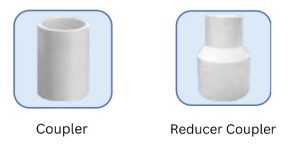
2. Elbows
Elbows, as the name suggests, are fittings that enable changes in direction within a plumbing system. They are available in different angles, such as 45 degrees and 90 degrees. Elbows are commonly used to navigate around obstacles or to create bends in the pipe layout. They are available in materials like PVC, copper, and brass.
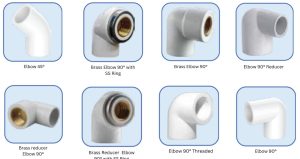
3. Tees
Tees are fittings that allow for the connection of three pipes at right angles. They have one inlet and two outlets, making them ideal for branching off a main pipeline. Tees are commonly used in applications where water needs to be diverted to multiple fixtures or appliances, such as in residential plumbing systems.
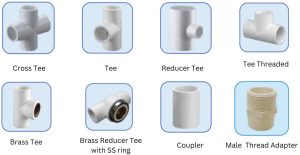
4. Crosses
Crosses are similar to tees but have four outlets instead of two. They are used in more complex plumbing systems where multiple branches need to be connected. Cross fittings are commonly used in commercial and industrial plumbing applications.
5. Reducers
Reducers are fittings used to connect pipes of different sizes. They are designed to smoothly transition from a larger diameter pipe to a smaller one or vice versa. Reducers are commonly used when upgrading or modifying existing plumbing systems.

6. Caps and Plugs
Caps and plugs are fittings used to seal the end of a pipe. Caps are typically used for permanent closures, while plugs can be removed for maintenance or future connections. These fittings are essential for preventing water leakage and maintaining the integrity of the plumbing system.

7. Valves
Valves are essential plumbing fittings that control the flow of water or other fluids within a system. There are various types of valves, including ball valves, gate valves, and check valves. Valves are used to regulate water supply, control water pressure, and prevent backflow.

8. Adapters
Adapters are fittings used to connect plumbing pipes of different materials or sizes. They provide compatibility between different types of pipes, such as copper to PVC or PVC to steel. Adapters are crucial when making transitions between different plumbing systems or materials.

9. Unions
Unions are fittings that allow for the easy disconnection of pipes. They consist of three parts: a nut, a female end, and a male end. Unions are commonly used in applications where regular maintenance or repairs are required, as they enable easy removal and reinstallation of pipes.
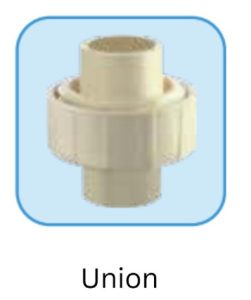
10. Flanges
Flanges are fittings used to connect pipes, valves, and other equipment in a plumbing system. They provide a secure and leak-proof connection through the use of bolts or welding. Flanges are commonly used in high-pressure and high-temperature applications.
These are just a few examples of the many types of plumbing pipes fittings available in the market. Each fitting serves a specific purpose and plays a vital role in the overall functionality of a plumbing system. It is important to choose the right fittings based on the specific requirements of your plumbing project and to ensure compatibility with the pipes and fixtures being used.
When working on a plumbing project, it is always advisable to consult a professional plumber or plumbing expert to ensure proper installation and adherence to local plumbing codes and regulations. By understanding the different types of plumbing fittings and their applications, you can make informed decisions and ensure the success of your plumbing projects.

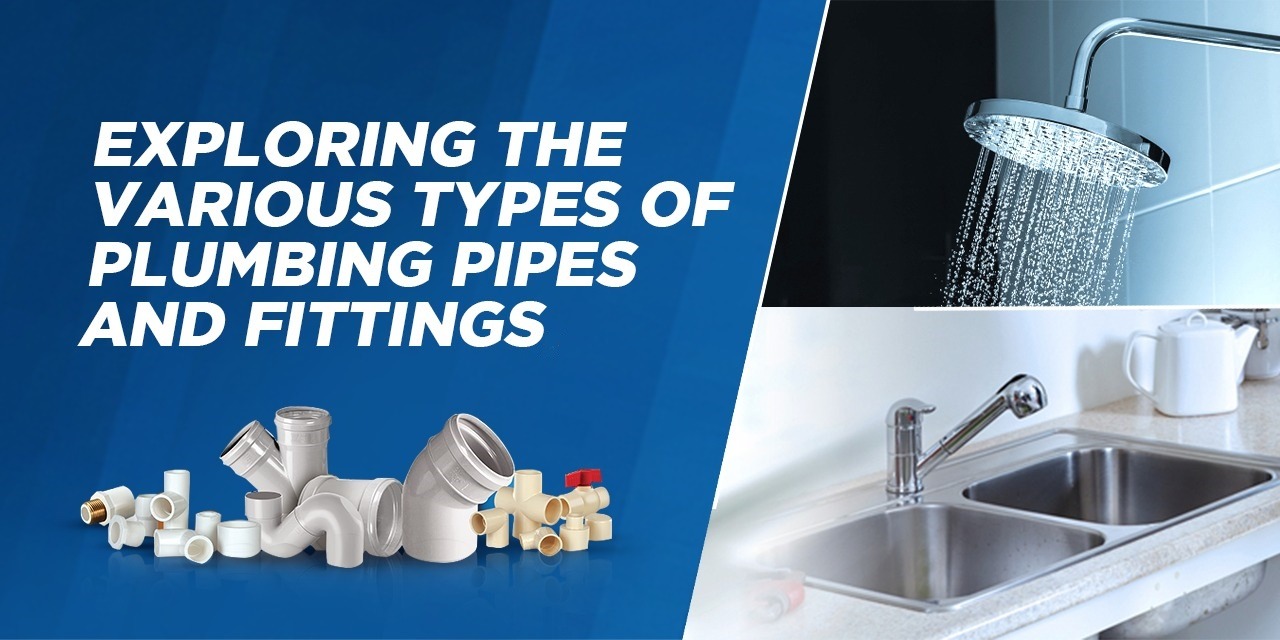


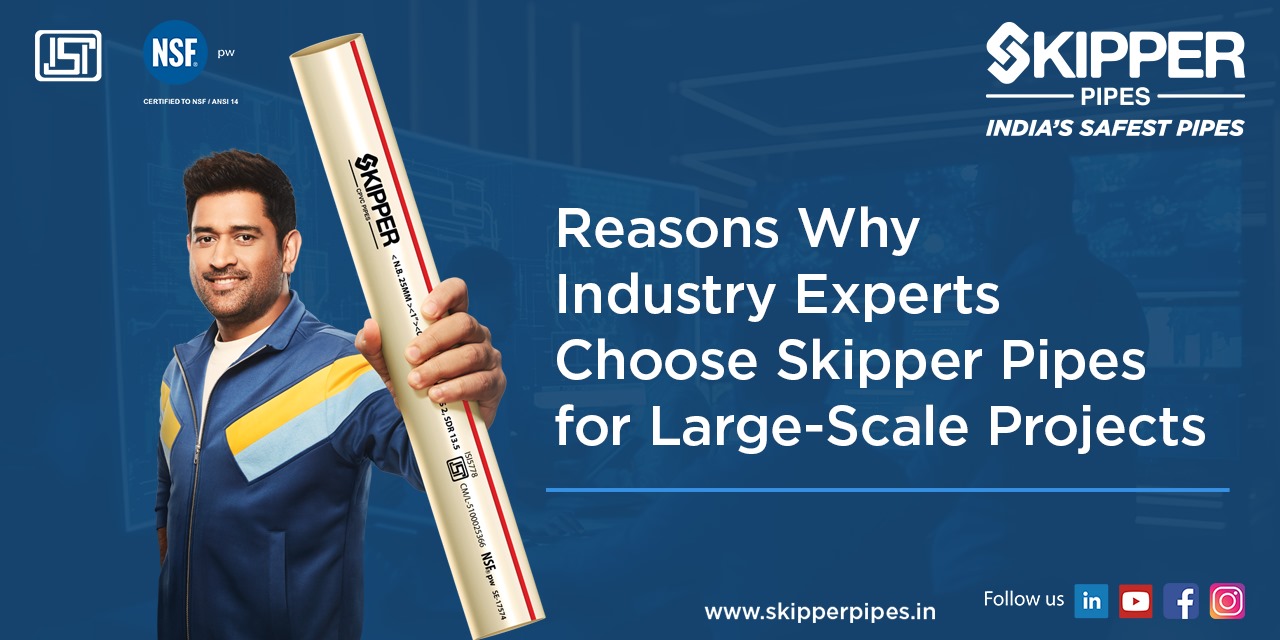
0 Comments